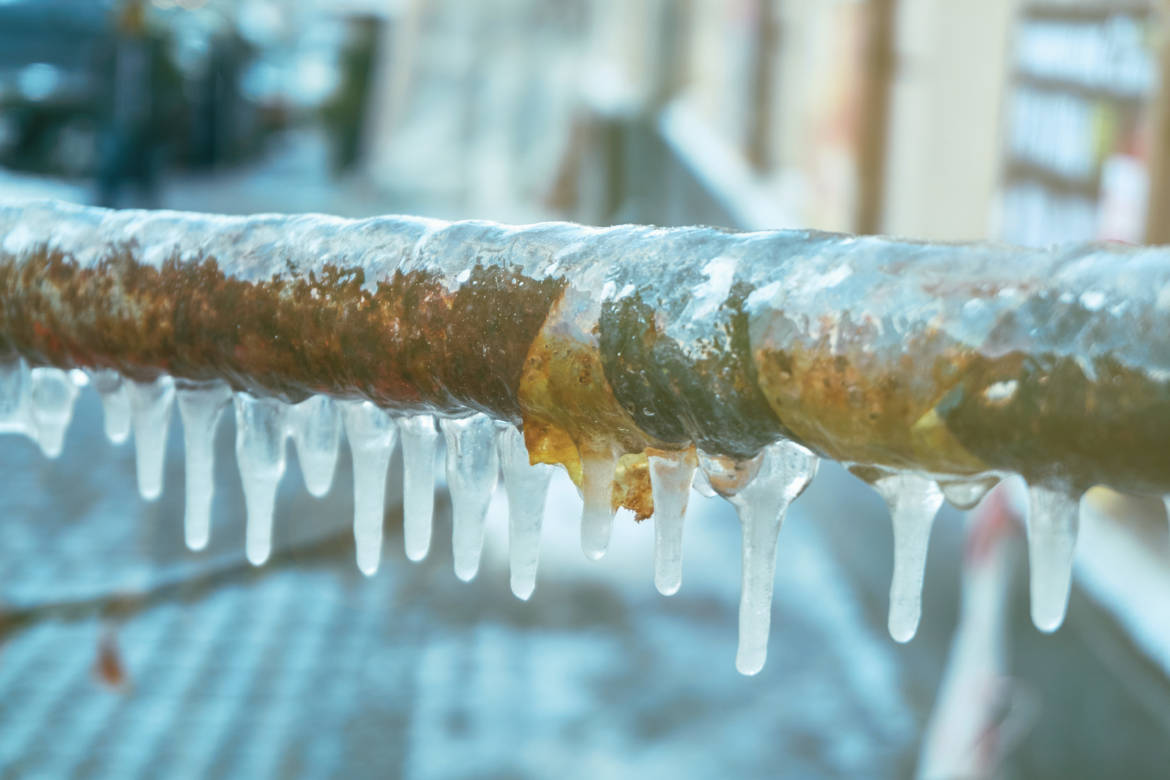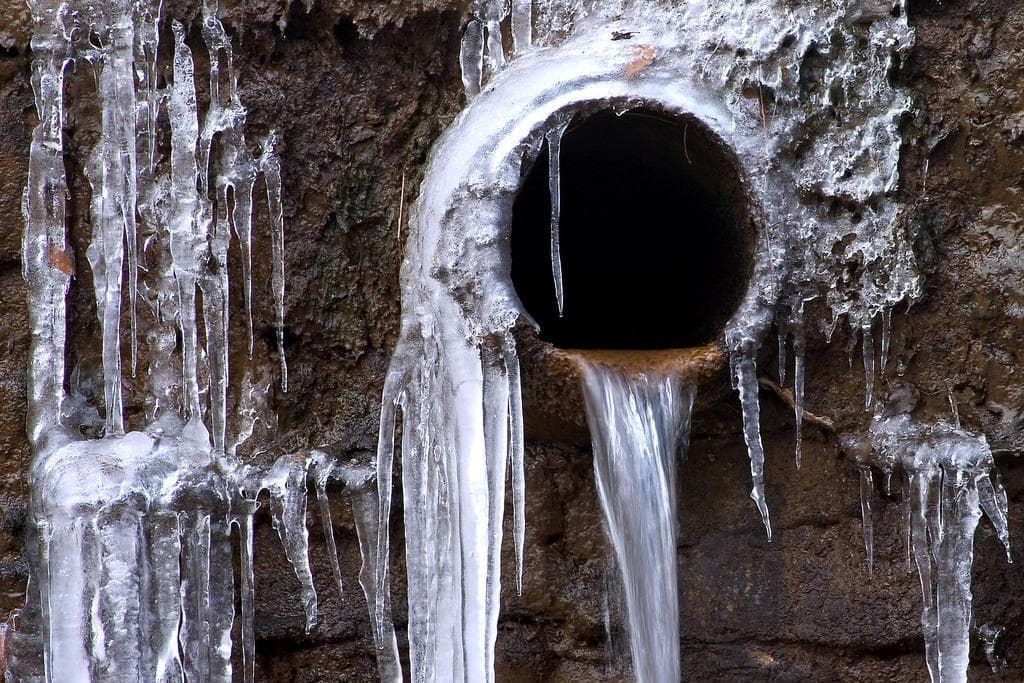Just how do you feel in regards to Winter Plumbing Precautions: Preventing Frozen Pipes?

Cold weather can wreak havoc on your plumbing, particularly by freezing pipes. Here's how to stop it from happening and what to do if it does.
Introduction
As temperature levels drop, the danger of icy pipes increases, potentially leading to pricey repairs and water damages. Recognizing just how to avoid frozen pipes is crucial for property owners in cold environments.
Understanding Frozen Pipelines
What triggers pipelines to ice up?
Pipelines ice up when subjected to temperatures below 32 ° F (0 ° C) for expanded durations. As water inside the pipelines freezes, it broadens, putting pressure on the pipe walls and possibly causing them to burst.
Threats and damages
Icy pipelines can lead to supply of water disturbances, property damage, and expensive repair work. Ruptured pipelines can flooding homes and trigger considerable architectural damages.
Indications of Frozen Pipeline
Recognizing frozen pipelines early can avoid them from bursting.
Exactly how to determine icy pipelines
Try to find decreased water circulation from taps, uncommon smells or sounds from pipes, and noticeable frost on exposed pipelines.
Prevention Tips
Protecting at risk pipes
Cover pipelines in insulation sleeves or use heat tape to shield them from freezing temperature levels. Focus on pipes in unheated or exterior areas of the home.
Heating techniques
Keep indoor rooms adequately heated, specifically areas with plumbing. Open up cabinet doors to permit cozy air to circulate around pipelines under sinks.
Securing Exterior Pipes
Garden hose pipes and exterior taps
Separate and drain yard hose pipes prior to wintertime. Install frost-proof faucets or cover outside taps with shielded caps.
What to Do If Your Pipes Freeze
Immediate activities to take
If you think icy pipes, maintain taps open up to eliminate pressure as the ice thaws. Make use of a hairdryer or towels taken in hot water to thaw pipelines slowly.
Long-Term Solutions
Architectural adjustments
Take into consideration rerouting pipelines far from outside walls or unheated areas. Add added insulation to attics, cellars, and crawl spaces.
Upgrading insulation
Purchase top quality insulation for pipelines, attics, and walls. Appropriate insulation helps preserve consistent temperature levels and reduces the danger of icy pipelines.
Verdict
Protecting against frozen pipelines calls for proactive actions and quick feedbacks. By recognizing the reasons, indicators, and preventive measures, home owners can safeguard their plumbing throughout cold weather.
5 Ways to Prevent Frozen Pipes
Drain Outdoor Faucets and Disconnect Hoses
First, close the shut-off valve that controls the flow of water in the pipe to your outdoor faucet. Then, head outside to disconnect and drain your hose and open the outdoor faucet to allow the water to completely drain out of the line. Turn off the faucet when done. Finally, head back to the shut-off valve and drain the remaining water inside the pipe into a bucket or container. Additionally, if you have a home irrigation system, you should consider hiring an expert to clear the system of water each year.
Insulate Pipes
One of the best and most cost-effective methods for preventing frozen water pipes is to wrap your pipes with insulation. This is especially important for areas in your home that aren’t exposed to heat, such as an attic. We suggest using foam sleeves, which can typically be found at your local hardware store.
Keep Heat Running at 65
Your pipes are located inside your walls, and the temperature there is much colder than the rest of the house. To prevent your pipes from freezing, The Insurance Information Institute suggests that you keep your home heated to at least 65 degrees, even when traveling. You may want to invest in smart devices that can keep an eye on the temperature in your home while you’re away.
Leave Water Dripping
Moving water — even a small trickle — can prevent ice from forming inside your pipes. When freezing temps are imminent, start a drip of water from all faucets that serve exposed pipes. Leaving a few faucets running will also help relieve pressure inside the pipes and help prevent a rupture if the water inside freezes.
Open Cupboard Doors
Warm your kitchen and bathroom pipes by opening cupboards and vanities. You should also leave your interior doors ajar to help warm air circulate evenly throughout your home.

I hope you enjoyed our article on How to Prevent Your Pipes From Freezing. Thanks a lot for taking a few minutes to read our piece. Are you aware of another person who is curious about the topic? Please feel free to share it. Bless you for being here. Come back soon.
Book Now!